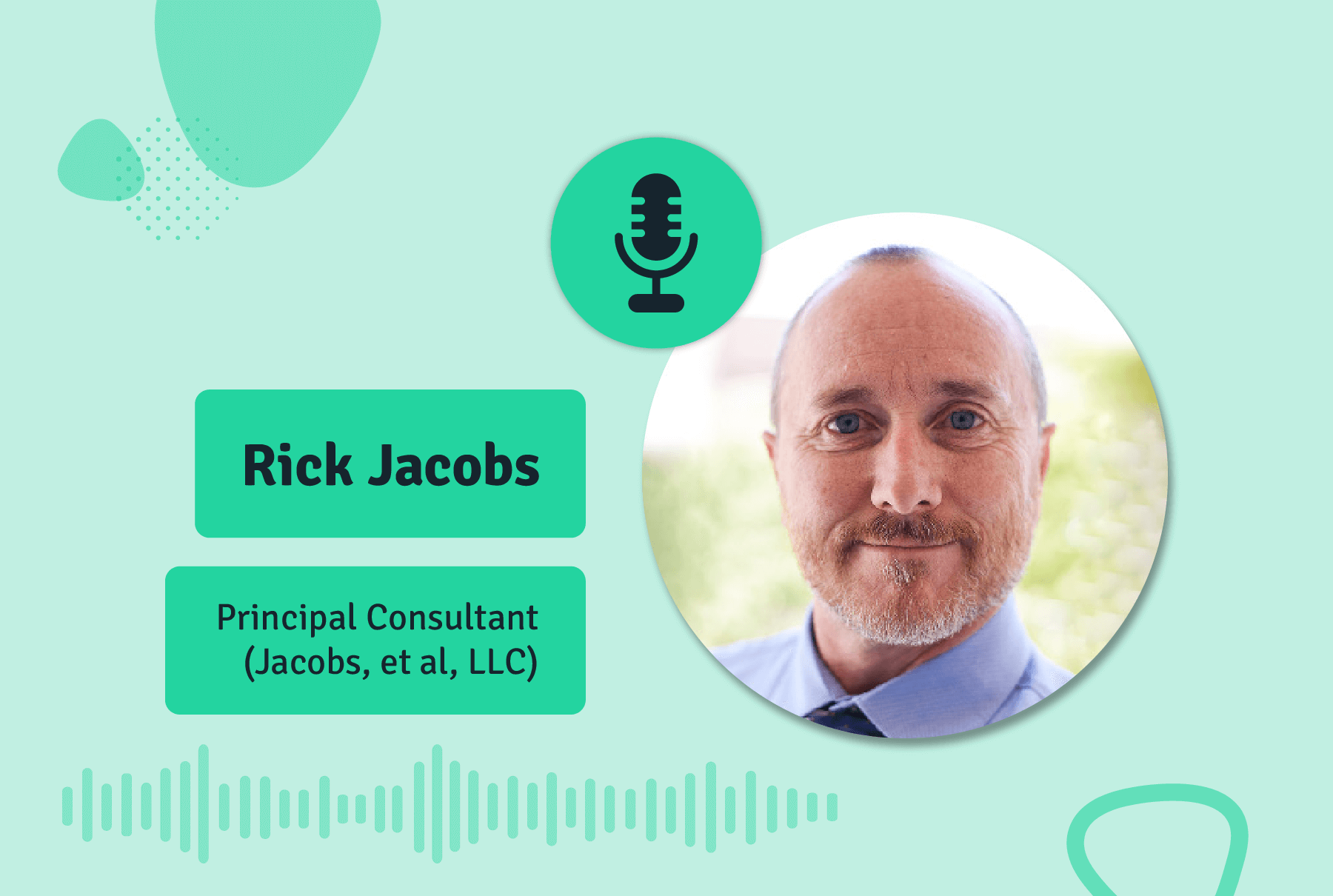Lessons From a Law Enforcement Instructor Turned L&D Strategist

Hear why data always wins the day for L&D decisions, and how reframing the need for organisational learning helps win buy-in.
Rick Jacobs, Principal Consultant at Jacobs, et al, LLC, joins Blake Proberts on the Strategic L&D Podcast to talk about why you should look outside your business to find what a high-performing L&D department looks like.
They also cover Rick’s eight-point structure to optimally deliver training, and how a codified knowledge of the business lets you truly measure training as opposed to just independent will. Listen to the full episode above or watch below.
Key takeaways
“Learning and development isn’t just a cost centre or revenue generator, it’s important to the… success of the business.”
1. You just need to show that importance.
Research and strategic planning are key. Training can be like muscle memory for employees and kick in in a crisis—and no one can say that’s not important for business success.
“One of the biggest failures I see in every business is that they take people and they firehose them in [training] for two weeks, and then put them in on-the-job training and expect them to sink or swim.”
2. Start with scenarios.
You’ll overwhelm people with oodles of generic content in one go. Also, leave room for people to fail. Failure is where the best lessons are learned.
“If you don’t have a baseline, then your measurements are no better than pixie dust or unicorn dreams.”
3. Meaningful metrics matter.
Focus on performance-based outcomes, rather than solely looking at learning metrics.
“Even if [L&D is] not a profit generator, it’s a profit magnifier.”
4. Show direct causation to financial impact.
You can do that through performance. Go cross-country and consider how L&D can touch processes in every department for greater impact and efficiency.
“Why, why this, and why this way? Those three whys [are] what I give a participant so they can see that… they’re not just being trained for the sake of training and to tick a box.”
5. Give people what they need—including a reason to participate.
Don’t be afraid to challenge and question stuff, either. It’s all about finding what works best by digging into the data and being open to different viewpoints.
See more from our host: Blake Proberts
Learn about our guest: Rick Jacobs
Hear more of the Strategic L&D Podcast on Spotify and Apple. You’ll also find us in video